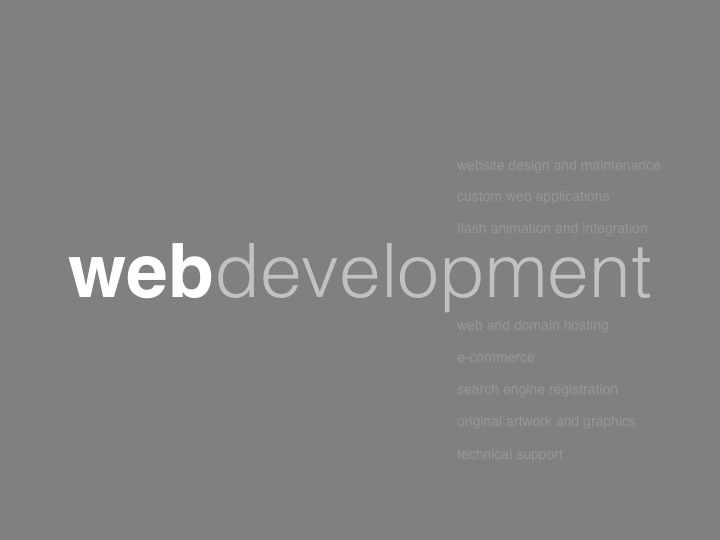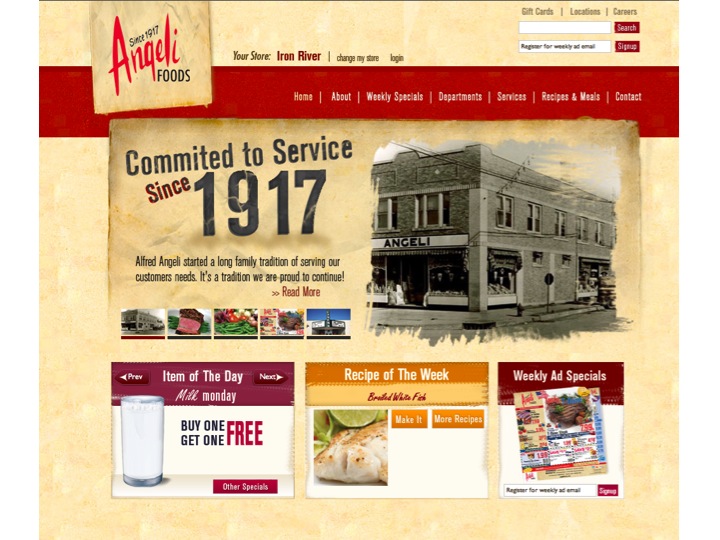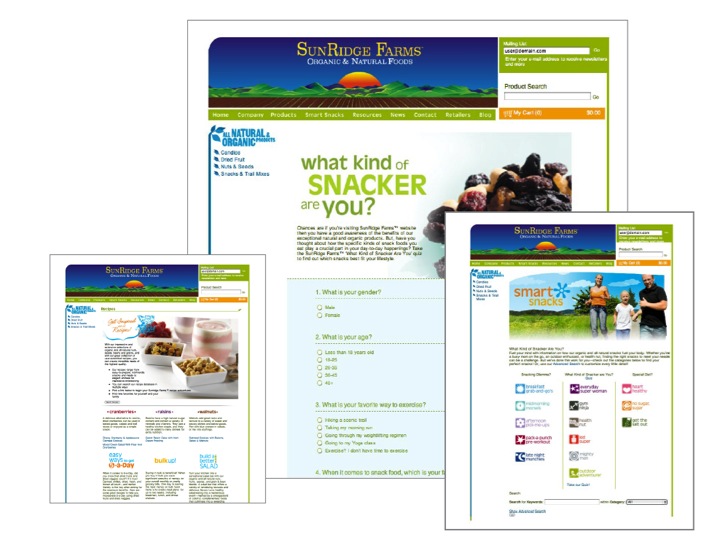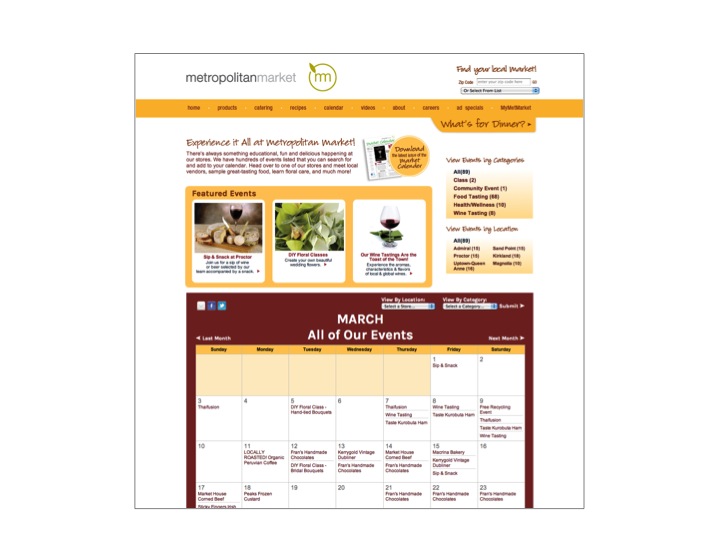DW's Blog
Meeting Albatross
by DW Green — February 24, 2010
In the early years of my business we held very few meetings. With a small staff we were able to communicate easily and informally. But as the staff grew in size, so did the quantity of meetings, eventually leading to a meeting albatross. We found ourselves spending almost as much time in meetings than in producing our work. Something had to be done, so, well, we called a meeting! A meeting on meetings! It turned out to be a very productive meeting.
To help us get our arms around the too many meeting syndrome, Ryan Joy, V.P. of Creative Services, was charged with researching the nature of meetings. His findings were enlightening to a meeting weary organization. As a result of his research we decided to define the types of meetings we held and develop meeting criteria for those assigned to lead meetings. Understanding the unique nature of meetings with their differing goals and objectives has helped us improve the quality, the efficiency, and even the quantity of meetings we schedule. Still much work needs to be done to refine and improve our meeting process but we’re living in a much better place.
Here is a portion of Ryan’s findings; Three Kinds of Meetings by Seth Godin, bestselling author, entrepreneur and agent of change. Keep in mind these are general classifications and vary by author. We selected the Mr. Godin’s model and customized the meeting types to fit our organizational needs.
"Meetings are marketing in real time with real people." (A conference is not a meeting. A conference is a chance for a circle of people to interact).
There are only three kinds of classic meetings:
- Information. This is a meeting where attendees are informed about what is happening (with or without their blessing). While there may be a facade of conversation, it’s primarily designed to inform.
- Discussion. This is a meeting where the leader actually wants feedback or direction or connections. You can use this meeting to come up with an action plan, or develop a new idea, for example.
- Permission. This is a meeting where the other side is supposed to say yes but has the power to say no.
PLEASE don’t confuse them. Confused meeting types are the number one source of meeting ennui. One source of confusion is that a meeting starts as one sort of meeting and then magically morphs into another kind. The reason this is frightening is that one side or the other might not realize that’s actually occurring. If it does, stop and say, "Thanks for the discussion. Let me state what we’ve just agreed on and then we can go ahead and approve it, okay?"
While I’m at it, let me remind you that there are two kinds of questions.
- Questions designed to honestly elicit more information.
- Questions designed to demonstrate how much you know or your position on an issue and to put the answerer on the defensive.
"There’s room for both types of questions, particularly in a team preparing for a presentation or a pitch. Again, don’t confuse them. I like to be sure that there’s time for the first type, then, once everyone acknowledges that they know what’s on the table, open it up for the second, more debate-oriented type of question." Seth Godin
Meetings are a critical business activity, and it’s important to evaluate them periodically. Hopefully you will find the information in this blog is helpful.
Filed Under: DW's Blog





















































